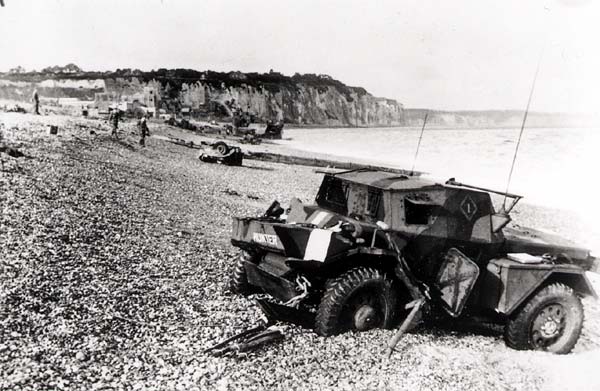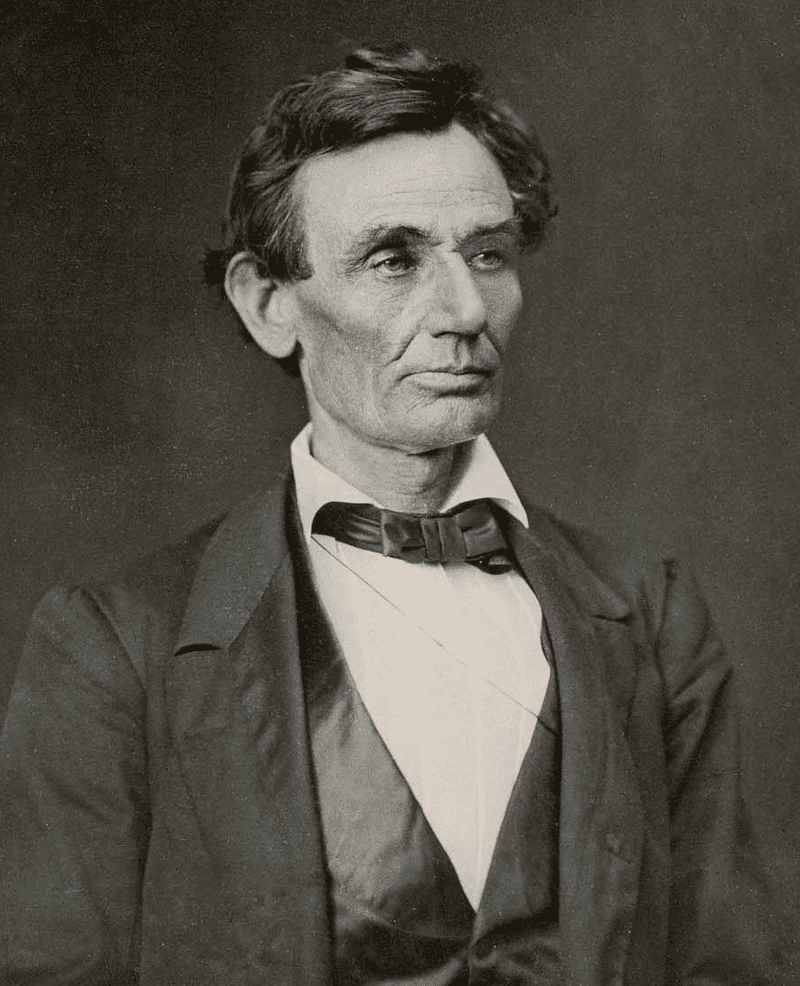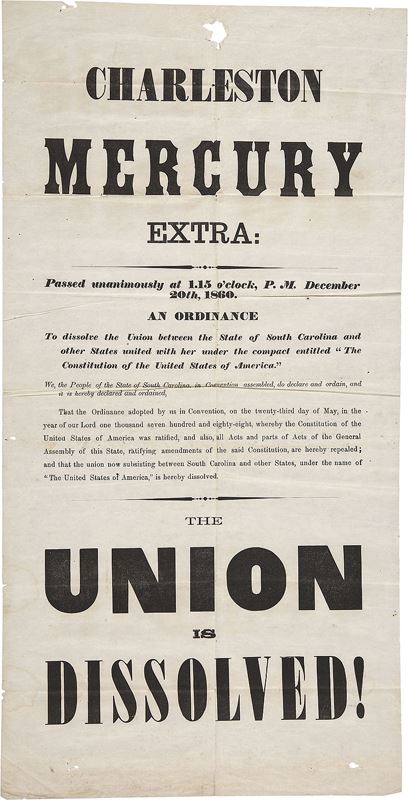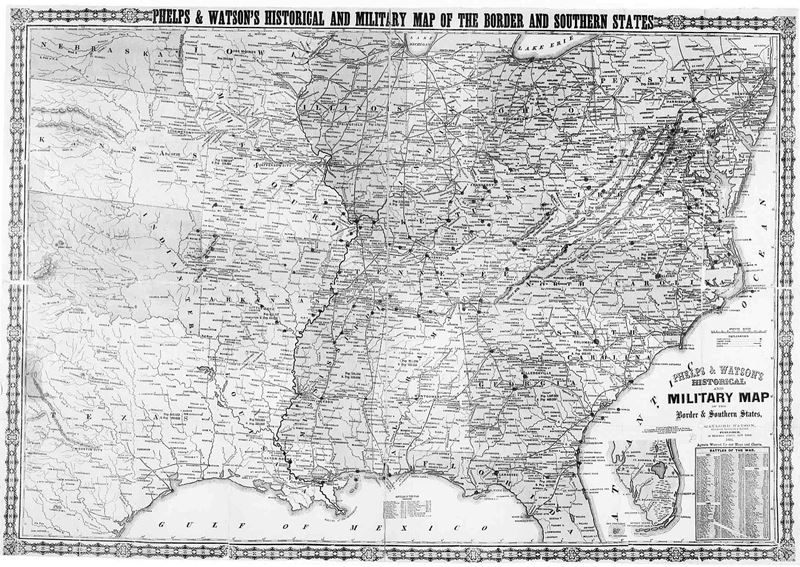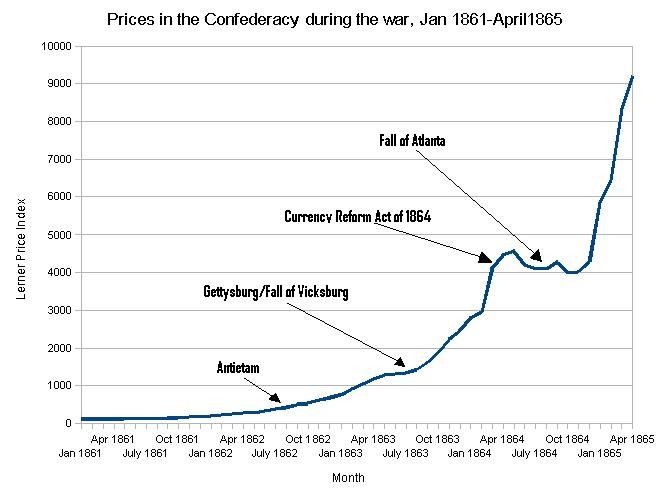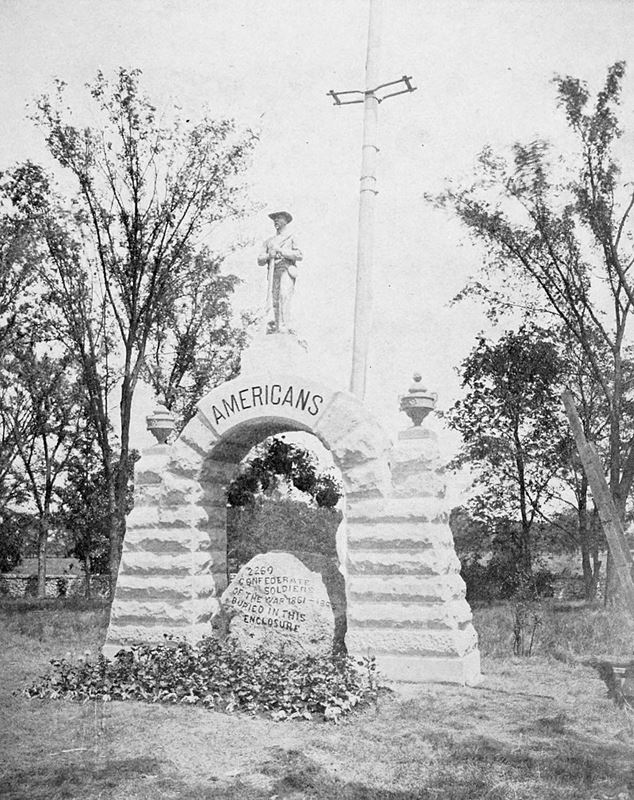Table of Contents
On September 1, 1939, Germany invaded Poland, officially beginning World War II. The conflict would consume the world for six years as country after country fell to Nazi aggression. The Western Front was one of the most critical fronts in the war and saw some of the bloodiest fightings of all. This blog post will take a closer look at the Western Front during World War II. We’ll explore the timeline of events, discuss key battles and leaders, and examine the impact of the war on Europe. Stay tuned for more insights into one of history’s most devastating conflicts!
The Western Front in World War II was a series of battles fought in Europe from 1939-1945
It was a major theatre of conflict in the war between the Axis powers and their allies and the Western Allies. The Western Front saw some of the most brutal fighting of World War II, with millions of casualties and extensive destruction caused by both sides. The Western Allies made significant advances during the war, eventually liberating much of Western Europe from Nazi control.
The Western Front initially began with the German invasion of Poland in 1939. The Western Allies, led by Britain and France, declared war on Germany soon after. The Western Front was mainly concentrated in northern France, Belgium, Luxembourg, and the Netherlands as both sides sought to gain a strategic advantage. The Western Front was relatively static for most of the conflict due to limited resources and workforce available on both sides.
The Western Front stretched from the North Sea to the Swiss border
With fighting occurring in Belgium, Luxembourg, and France. The Western Front was the main theater of war during World War II and saw some of the conflict’s most intense battles. During the Western Front’s five-year existence, millions of soldiers from both sides lost their lives as they clashed for control over Western Europe. The Western Front began on September 3, 1939, when Germany invaded Poland.
This triggered the United Kingdom and France to declare war on Germany. Soon after, a stalemate ensued as neither side could breach the other’s defenses along what became known as “the Western Front Line.” Through 1940, regular artillery exchanges occurred, but no major military engagements happened until May 10, when Germany launched an offensive against France. The Western Front shifted to Belgium and Luxembourg, where Germany made quick progress.
In response to France’s surrender, Britain declared war on Germany and began mobilizing forces in anticipation of a German invasion. In 1941, Hitler shifted his attention eastward toward the Soviet Union and other Eastern countries. This allowed Britain to regroup and re-entrench itself along the Western Front Line before the Germans could launch another major offensive against them.
Role in World War II
The Western Front played a critical role in the outcome of World War II. As the battle lines formed and shifted, Allied forces, such as those from Britain, France, and the United States, were engaged in a massive struggle against Nazi Germany and its allies. The Western Front saw some of the bloodiest fighting of World War II, with millions of casualties on both sides. Here, Allied forces methodically pushed back German troops until they broke through enemy lines and liberated Western Europe from Nazi control.
The Western Front was marked by iconic battles such as D-Day at Normandy, the Battle of the Bulge, Operation Market Garden, and other campaigns to weaken German forces across Western Europe. As Allied gains increased and intensified, the Western Front became a turning point for the Allies, providing an opportunity to break through Axis lines and quickly advance toward Berlin in 1945.
Ultimately, Allied forces defeated Nazi Germany on the Western Front and secured Western Europe from Nazi occupation. After years of bloody fighting, this victory ultimately ensured that Western Europe emerged from World War II as a united region and returned to relative peace.
The Western Front was critical to Allied success during World War II, demonstrating the importance of strength, strategy, and solidarity in unifying opposing forces against a common enemy. The courage and perseverance displayed by those who served on the Western Front will never be forgotten.
The Battle of Normandy was a significant turning point in the war on the Western Front
During World War ii, The Normandy landings took place in June 1944 and were part of the more comprehensive Allied invasion of Nazi-occupied Western Europe. By successfully taking control of the beaches in Normandy, Allied forces broke through German defenses and ultimately liberated Western Europe from Nazi rule. The Battle of Normandy is regarded as one of the most critical military operations in history. Its success paved the way for an Allied victory on the Western Front.
The Battle of Normandy was a long and hard-fought battle that began with Operation Overlord, a massive coordinated sea and air assault by Allied forces on the beaches of Normandy. On D-Day (June 6), more than 156,000 troops launched their attack on five different beaches – Utah, Omaha, Gold, Juno, and Sword. Allied forces broke through despite the heavy German resistance and gained a foothold in Western Europe.
The Battle of Normandy was a significant turning point in World War II’s Western Front. By gaining control of the vital port city of Cherbourg on June 26, Allied forces could establish a robust supply chain and gain an advantage over their Nazi enemies. The success at Normandy allowed Allied forces to press forward into Western Europe, eventually leading to the liberation of Paris on August 25 and, ultimately, victory on September 2, 1945.
After D-Day, the Allies advanced rapidly across France and into Germany
By November 1944, the Western Front had reached Germany’s borders. The Western Front of World War II was an essential theater in which Allied forces engaged in fierce battles against Nazi German forces. One of the most significant battles of the Western Front took place on the so-called Siegfried Line in late 1944 and early 1945.
This battle saw some of the bloodiest fighting between Allied and German troops as both sides fought to control strategic points along Germany’s western border. Ultimately, this battle ended with a decisive victory for the Allies and their push into Nazi Germany proper. After that, it took only a few more months for German forces to surrender and end World War II in Europe. The Western Front certainly played an essential role in the Allies’ victory and the conclusion of World War II.
Though the Western Front played a significant role in the Allied victory, it also cost many lives on both sides. The Western Front saw some of the most intense fightings between Allied and German forces, resulting in thousands of casualties. It is important to remember those who lost their lives during this conflict as we reflect on the importance of the Western Front in World War II. In doing so, we can ensure that these brave soldiers are not forgotten and that their sacrifices will always be remembered.
Winter counter-offensives
Both sides looked to launch counter-offensives as the Western Front settled into winter. In December 1916, the Germans launched their attack on Verdun, and in February 1917, they tried again at Somme. The French army and British held firm despite immense losses but ultimately could not stop the German advance. The Western Front had become a stalemate of attrition that neither side could overcome.
In April 1917, US President Woodrow Wilson declared war on Germany, and his troops began arriving in France by May 1918. Under General John J. Pershing’s command, American forces launched an offensive near Chateau-Thierry in June 1918. They helped break through the Western Front lines, which allowed for an eventual Allied victory later that year.
At the end of World War II, the Western Front saw a tremendous loss on both sides. The casualties included more than 5 million soldiers in France, Germany, and Britain combined and countless civilians affected by the conflict. For years afterward, Western Europe struggled to rebuild itself from the ravages of war. Almost a century later, its legacy remains in the collective memory of Western European nations. Despite this terrible toll, it was ultimately through the Western Front that allied expeditionary forces achieved victory in World War II.
The Holocaust was one of the most horrific aspects of World War II on the Western Front
The Holocaust was a systematic effort to eliminate the Jewish population in what is now known as Central and Western Europe. It began in 1941 when Nazi Germany ordered mass executions of Jews and other minorities. This included the transportation of Jews from their homes to concentration camps, where they were subjected to extreme conditions and ultimately killed. In addition to mass killings, the Nazis used gas chambers and other extermination methods, such as starvation.
Between 1940 and 1945, it is estimated that Nazi forces murdered 6 million Jews during the Holocaust. This heinous act was met with international condemnation after World War II ended in 1945. Since then, the memory of those who perished has been honored through worldwide memorials. Additionally, museums have been set up to educate the public about the Holocaust and its impact on Western society. Despite this, the legacy of the Holocaust continues to haunt Western history to this day.
The Holocaust serves as a reminder that humanity is capable of both inhumanity and compassion; it has forever changed our understanding of war and violence and is one of the most significant events in Western history. We must never forget those who suffered, fought, and died in World War II on the Western Front, nor can we ignore our responsibility to protect human rights worldwide. Thus, let us remember those who perished during this dark period in Western history with reverence and respect.
In May 1945, Nazi Germany surrendered, and the war on the Western Front ended
World War ii (WWII) was one of the most devastating wars in modern history. It caused tremendous loss of life and vast destruction across Europe, leaving millions homeless and wounded. The Western Front saw some of the fiercest fighting during WWII, with over four million soldiers from both sides being killed or wounded. From 1939 to 1945, France, Belgium, Luxembourg, Netherlands, and Germany were involved in intense battles on this front.
The Western Front was a complex network of trenches and fortifications that ran from the Belgian coast near Nieuport to Switzerland’s border with Italy. During WWI, German forces made profound advances into France before finally being stopped by Allied forces at Dunkirk. This marked a significant turning point in the Western Front as Allied forces regained momentum and eventually pushed German forces back.
By May 1945, Germany had been ultimately defeated on both the Western and Eastern fronts. The Western Front saw vast destruction of infrastructure, with cities such as Rotterdam and Dresden being almost destroyed by bombings. With the war over, massive rebuilding efforts began across Western Europe. Although it would take many years for the region to recover from the devastation caused by WWII entirely, peace finally returned to Western Europe after years of fighting and suffering.
The main combatants were the Allies (France, UK, US, etc.) and the Axis Powers (Germany, Italy, Japan, etc.)
The Western Front of World War II was the most intense and devastating theatre of war in history. It spanned from 1940 to 1945, encompassing much of Western Europe, including France, Belgium, the Netherlands, Denmark, and Luxembourg. This front saw some of the most significant battles in world history, such as The Battle of Verdun, The Battle of the Bulge, and Britain.
The Western Front saw millions of casualties and considerable destruction as the Allies fought against the Axis Powers to protect Western Europe from Nazi Germany’s influence. The Western Front was a decisive factor in determining the outcome of World War II and ultimately led to the end of Nazi Germany’s reign.
Operation Market Garden
Operation Market Garden was a major Allied operation of World War II, conducted between September 17-25, 1944. The purpose of the offensive was to break through the Western Front and advance toward Germany. Operation Market Garden involved landing three airborne divisions in Holland, which were then supported by ground forces advancing from Belgium.
The mission saw some success but ultimately failed due to German resistance, resulting in heavy losses for both sides. Despite its failure, Operation Market Garden enabled Allied troops to gain control over a large area of Western Europe that Germans had previously occupied during World War II. This successful capture provided a vital stepping stone for further advances against Nazi Germany on the Western Front.
Today, Operation Market Garden is a significant moment in Western Front World War II history. The operation and its aftermath have been memorialized through films and literature, ensuring that it will not be forgotten.
The fighting took place primarily in France and Germany
Known as the Western Front of World War II. The Western Front marked the main theater of war between Germany and its allies, who faced off against the Allies, which included Britain, France, Belgium, and their allies. In total, both sides had around 5 million soldiers in combat at any given time.
There were fierce battles on all fronts, with heavy casualties sustained by both sides. The Western Front saw some of the most iconic battles in history, including Dunkirk and Verdun. By 1944, Allied forces had advanced to Germany’s borders after four years of intense fighting on the Western Front. Ultimately, this horrific conflict led to an Allied victory over Nazi Germany and ended World War II in Europe.
The Allies eventually emerged victorious, leading to the end of World War II
The Western Front was one of the key fronts in this conflict. It stretched hundreds of miles, from the North Sea to the Swiss border, and pitted Germany against France, Britain, Belgium, and other allies. For years it remained relatively static as both sides built up their defenses and launched brutal counterattacks at each other. As the Allies became more robust and more successful on other fronts, they began to push back against German forces on the Western Front. By late 1944, Allied forces had pushed into Germany, liberating several nations in Western Europe.
The Western Front was a vicious struggle throughout World War II. Thousands of soldiers were killed or wounded in battles that lasted for months or even years. Many of the tactics used by both sides were brutal, but it was ultimately the Allies who emerged victorious, leading to the end of World War II in 1945.
The Western Front remains a reminder of the human cost paid during this conflict and serves as a testament to the bravery and sacrifices made by all those who fought there. The Western Front was one of the key fronts in World War II, stretching over hundreds of miles from the North Sea to the Swiss border. For years it remained relatively static as both sides built up their defenses and launched brutal counterattacks at each other.
Invasion of Germany
By the end of March 1945, Allied air forces on the Western Front had crossed Germany’s border and were preparing for a final push into Germany itself. On April 1, British forces troops began their advance, quickly taking control of Western German towns and cities as they advanced towards Berlin. American forces followed soon after, and by mid-April, they had reached the Elbe river and were gathering strength to enter Berlin from the West while Soviet troops drove in from the East.
The Western Allies halted at this point due to an agreement with Stalin that no Western Allies would enter Berlin without permission. This gave Soviet forces a chance to assert dominance over Germany before any Western presence could be established. From then until May 8 (VE Day), Western forces continued to push into Western Germany, liberating towns and cities as they went.
By the end of World War II, Western Allied forces had liberated all Western German territory and were in control up to the Elbe river. This was a significant accomplishment for the Western Allies and a critical factor in the successful conclusion of World War II on the Western Front. The invasion of Germany by Western Allied forces during World War II was essential to the victory that ultimately brought peace to Europe after years of conflict.
Allied advance from Paris to the Rhine
World War II saw the Western Front stretch from Paris to the Rhine River. In June 1944, Allied forces launched an offensive against German forces in France and Belgium, known as Operation Overlord. This marked the beginning of a series of operations that would eventually push Germany out of Western Europe.
The Allies’ advance began with Operation Cobra, designed to break through German lines and quickly move Allied troops into France. After initial success at breaking through German lines, the Allies continued their advance further into French forces’ territory. On August 25, Paris was liberated from Nazi occupation after four years under German rule.
In September 1944, Allied forces crossed Belgium and pushed far enough East to reach Germany’s border with Luxembourg and the Netherlands. This was followed by the Battle of the Bulge, a major offensive launched by German forces to try and push Western Allies back from Germany’s western borders. The battle lasted until January 1945, with supreme allied commander forces eventually counterattacking and pushing German forces back into Germany.
Conclusion
I hope this article has shed some light on the Western Front during World War II. It’s important to remember that this was a significant turning point in history and significantly affected the outcome of World War II. It was a battle that cost hundreds of thousands of lives and resulted in some of the bloodiest fighting ever. As we reflect on this time in history, let’s remember those who fought bravely and paid the ultimate price for our freedom. We owe them an immense debt of gratitude.
What happened on the Western Front in ww2?
The Western Front in World War II was a military theater of operations that stretched from the English Channel to the Swiss border. It was marked by intense fighting between the german army and Allied forces to control key territories, including France and Belgium. As a result of this fighting, Germany lost much of its previously occupied territory in Western Europe, eventually surrendering at the war’s end.
How long did the Western Front last?
The Western Front lasted from May 10, 1940, to May 8, 1945. It was one of the longest and most destructive military campaigns in modern history, lasting nearly five years. Its effects were felt across Europe, particularly in France and Belgium, which bore the brunt of German aggression.
How many people died on the Western Front?
Estimates vary, but most historians agree that 20 and 25 million people lost their lives on the Western Front. This includes both soldiers and civilians who fell victim to the fighting. It is estimated that most casualties were inflicted by Germany, with around 10 million German deaths alone.
What were the major Western Front battles?
Some major Western Front battles include the Battle of Dunkirk, the Battle of Stalingrad, and Operation Overlord. Other notable engagements include El Alamein in North Africa, Monte Cassino in Italy, and several campaigns along the Western European coast. All these battles significantly impacted the war’s outcome and paved the way for Allied victory.
What was the Western Front like?
The Western Front in World War II was a scene of intense fighting and destruction. The landscape was often ravaged by artillery fire, with very few untouched areas remaining. Numerous air raids and naval bombardments also resulted in extensive damage to many cities and towns.
Which ww2 battles took place on the Western Front?
The Western Front was the site of numerous battles during World War II. These include significant engagements such as the Battle of Dunkirk, Operation Overlord, and Stalingrad. Additionally, there were numerous smaller operations conducted in Western Europe that contributed to a triumphant Allied victory.

